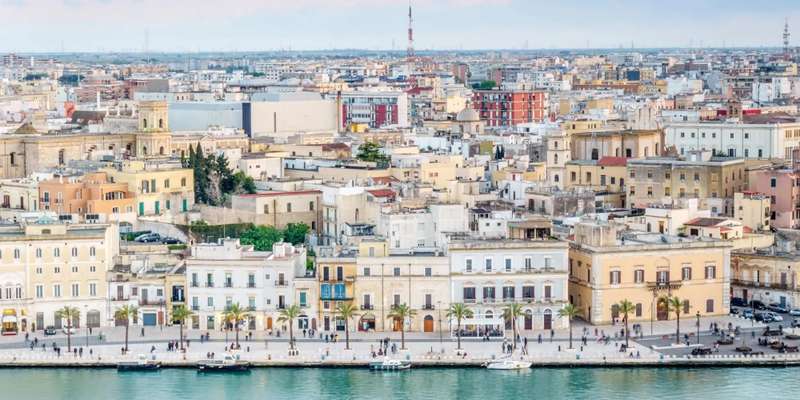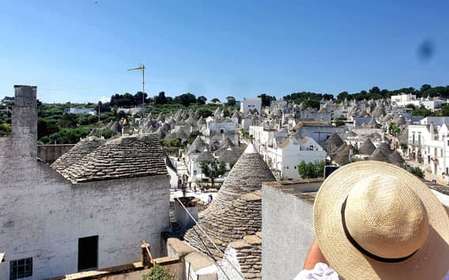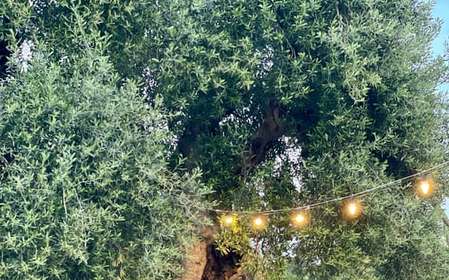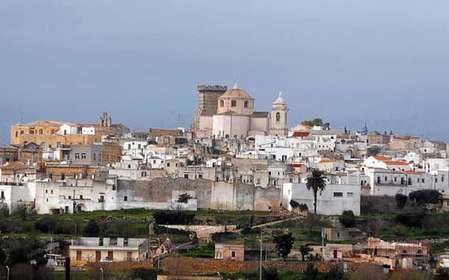- Home
- Useful Tips
- Top tips for Brindisi visitors...
Brindisi, a gem in Italy's Puglia region, is often overshadowed by more famous destinations, leaving history enthusiasts struggling to uncover its rich past. Many visitors arrive unprepared, missing key sites or wasting precious vacation time deciphering fragmented information. Over 60% of cultural travelers report frustration when local history isn't easily accessible, according to recent tourism surveys. The city's layered heritage – from Roman columns to Swabian castles – deserves thoughtful exploration beyond surface-level guidebook mentions. Without proper context, you might walk right past 2,000-year-old milestones or misunderstand pivotal events that shaped Southern Italy. This challenge intensifies during peak seasons when crowded sites make independent discovery even harder. The emotional toll of a disjointed historical experience can linger long after your trip ends, leaving you feeling you've missed Brindisi's true essence.


Decoding Brindisi's Roman landmarks without a history degree
Standing before Brindisi's iconic Roman columns, you might wonder about their original purpose beyond being a picturesque photo spot. These towering relics once marked the terminus of the Appian Way, the ancient superhighway connecting Rome to its eastern empire. Local historians note most visitors spend just minutes here, unaware they're touching stones Julius Caesar's troops marched past. To truly appreciate the Archaeological Museum's artifacts, focus on the Sala Brindisi where recovered ship cargoes reveal the city's role as a vital Adriatic port. A little-known tip: visit the columns at golden hour when angled sunlight illuminates weathered inscriptions most guidebooks don't mention. For deeper understanding, the nearby Provincial Archaeological Museum offers free first-Sunday admission with exhibits that contextualize these ruins within Brindisi's commercial heyday.
Navigating Brindisi's medieval quarter like a time traveler
The maze-like historic center intimidates many visitors, causing them to stick to main streets and miss breathtaking Norman-era details. Local architecture enthusiasts recommend starting at Porta Mesagne, one of the few remaining medieval gates, where worn grooves in the stone tell stories of countless traders and invaders. As you wander, look upward to spot 'pinnacoli,' decorative stone elements unique to Puglian Romanesque buildings that most tourists overlook. The 13th-century Loggia Balsamo appears ordinary until you learn its arches served as a medieval commercial tribunal. For an authentic experience, time your walk for late afternoon when soft light bathes the honey-colored tufa stone and local shopkeepers share stories about their centuries-old buildings. Several family-run palazzos occasionally open their courtyards to respectful visitors, offering glimpses of Gothic influences rarely mentioned in standard guides.
The strategic secret behind Castello Svevo's unusual design
Frederick II's imposing Swabian Castle puzzles many with its blend of military might and mathematical elegance. What most miss is how its octagonal towers were strategically positioned to monitor both land and sea approaches – a genius adaptation to Brindisi's unique geography. Local experts reveal the castle's underground tunnels connected directly to the port, allowing swift troop movements during the emperor's Crusades preparations. While the exterior impresses, the real historical treasure lies in understanding how this fortress anchored a network of coastal defenses stretching to Sicily. Budget-conscious travelers should note the castle offers reduced admission on Wednesday afternoons, with volunteer guides often available to point out subtle Arabic architectural influences most paid tours rush past. For photography enthusiasts, the northwest bastion provides an unparalleled vantage point to imagine medieval ships approaching the harbor.
Unlocking Brindisi's maritime legacy beyond the tourist port
Today's bustling ferry terminal obscures Brindisi's dramatic nautical history that shaped Mediterranean trade routes. At the hidden Maritime Museum inside the Italian Navy headquarters, curated exhibits explain how this natural harbor hosted everything from Roman triremes to Venetian merchant fleets. Few visitors realize the circular Templar church of San Giovanni al Sepolcro served as a sailor's hospice during the Crusades, its unusual architecture reflecting multicultural influences. For a tangible connection to the past, walk the Lungomare Regina Margherita at dusk when fishing boats return using the same navigational markers ancient Greeks followed. Local fishermen often share oral traditions about underwater ruins visible on calm days, including submerged Roman villas that most commercial boat tours don't highlight. These living connections between past and present transform Brindisi from a quick stop into a profound historical experience.



